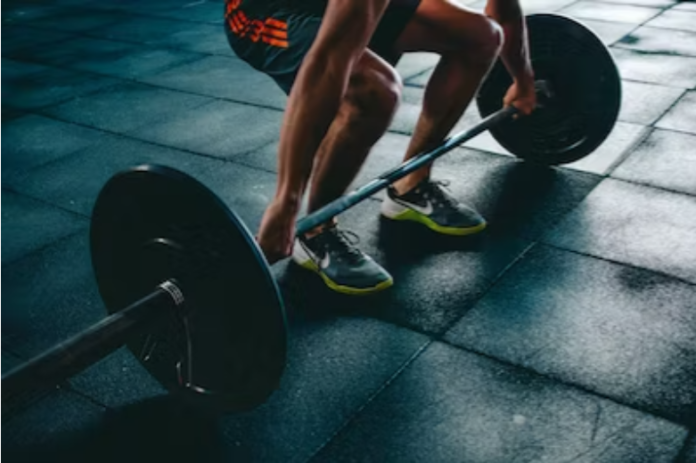HIIT may look intimidating, but this high-intensity interval training workout is highly effective. In addition to burning calories, it improves your cardiovascular system and boosts your muscle mass.
During your HIIT workout, alternate between short bursts of intense movement followed by rest and recovery periods. This gives your body time to recover ahead of the following intense burst.
Warm Up
A warm-up is essential to any exercise but is especially critical for HIIT. This is because it helps prepare your body and muscles for the next workout phase while raising your heart rate and increasing blood flow to the working muscles.
In addition, warming up increases muscle elasticity – a critical factor in injury prevention. Muscles that are warmed up appear more elastic when stretched and lengthened – which means that they perform better, are less likely to get injured, and will be less tired during your workout.
If you’re a beginner, start with a 1:2 ratio of high intensity to rest – this can be as simple as pushing yourself for 30 seconds and then taking a minute to recover. Then move to a more advanced ratio if you feel confident.
Intervals
HIIT workouts at gyms like Fitness Evolution consist of short bursts of high-intensity exercise followed by short recovery segments. This format is a great way to get the most out of your time and burn fat quickly.
When you first start with HIIT, it’s important to pace yourself and go at your speed. Stick to at least two HIIT sessions weekly, allowing your body to recover between them.
HIIT has been shown to increase your aerobic capacity – your body’s ability to use oxygen more efficiently and at higher intensities. As a result, it can help improve your cardiovascular health and reduce your risk of chronic conditions like heart disease and diabetes.https://www.google.com/maps/embed?pb=!1m14!1m8!1m3!1d10521.539402737459!2d-122.4548402!3d48.7554465!3m2!1i1024!2i768!4f13.1!3m3!1m2!1s0x0%3A0xca739abf1a660141!2sFitness%20Evolution%20-%20Bellingham!5e0!3m2!1sen!2sus!4v1667412509876!5m2!1sen!2sus
Recovery
After you’re done with your HIIT workout, you need to give your body some time to recover. That’s important because the extreme workout you’ve just completed will cause tiny rips (called micro-tears) in your muscles.
Your body will work to heal these rips, making your muscles stronger. This process is called hypertrophy, and you need at least six hours of sleep after a HIIT session to take place fully.
During this recovery phase, your body will use its stored fat as fuel, which means you can still burn calories and lose weight while resting. Eating a protein-rich meal within an hour after your workout can also help.
Equipment
HIIT (high-intensity interval training) is one of the most popular forms of exercise for burning calories and improving health. Its alternating periods of high-intensity workouts and low-intensity rest are designed to enhance calorie burn and increase your capacity for aerobic exercise.
However, the intense nature of HIIT may lead to injury if you do not adequately prepare your body and take proper precautions before, during, and after workouts. As a result, it is essential to prioritize recovery and incorporate regular rest days into your HIIT routine.
The right equipment can make your HIIT sessions more effective and help you avoid injuries. Some critical pieces of equipment include a yoga mat, stability ball, and foam roller.
Time
HIIT may sound intense, but it’s a great way to burn calories and increase overall fitness. It also helps lower heart rate, blood pressure and body fat in less time than traditional workouts.
The key is to complete each interval at your highest intensity. This will take practice, but you must keep pushing yourself to new fitness and strength levels.
It would be best if you did it at least twice or thrice weekly to maximize HIIT. You can also mix it up with other training to keep things fresh.










